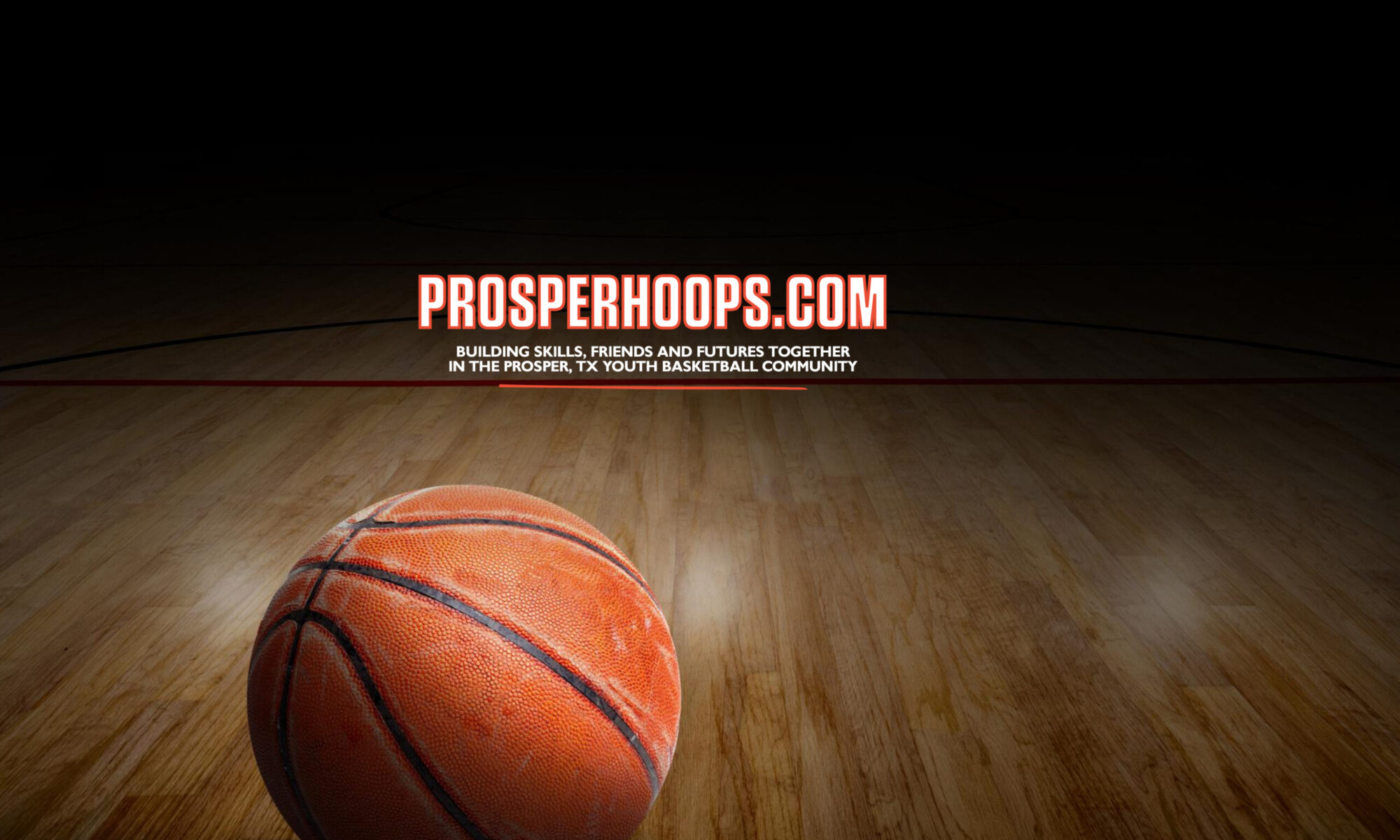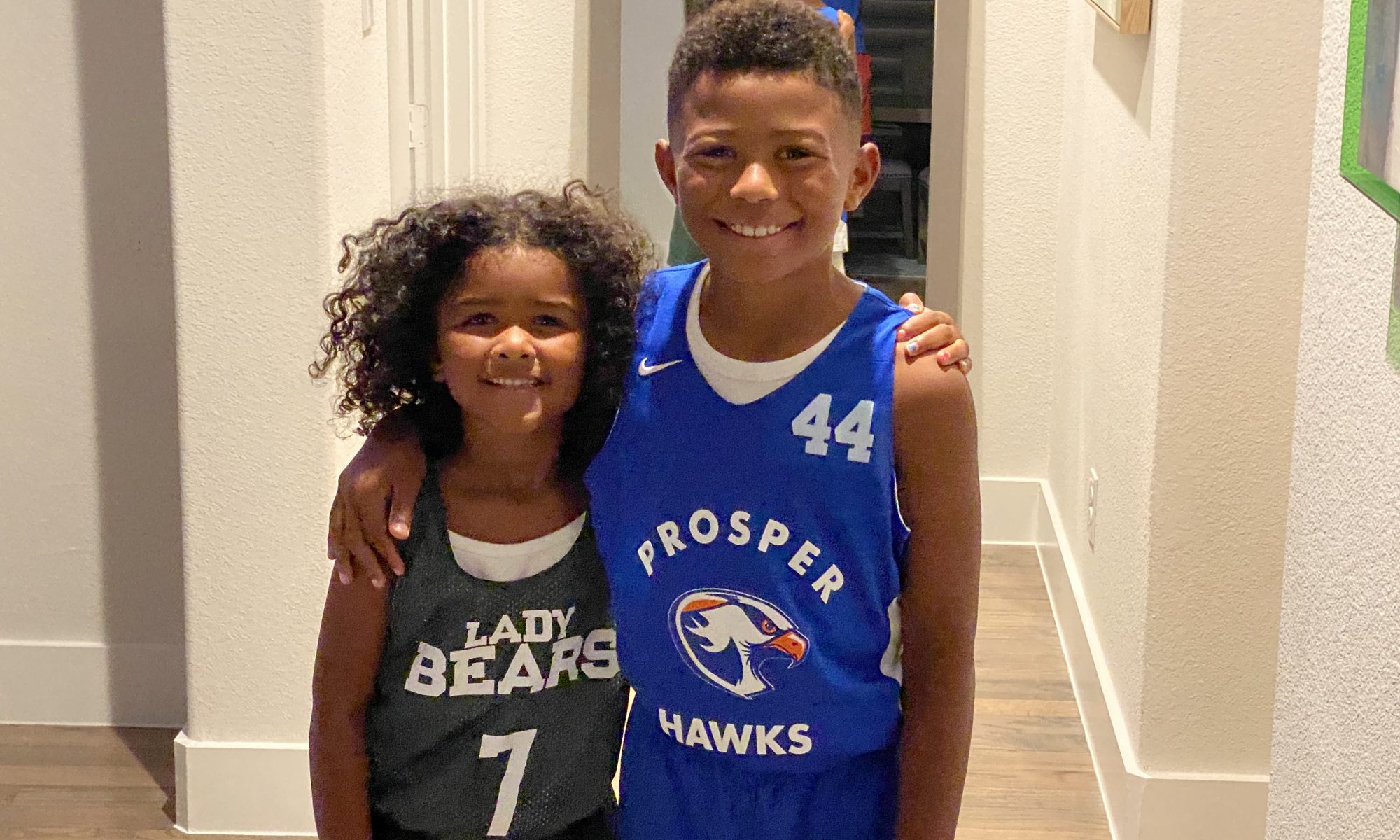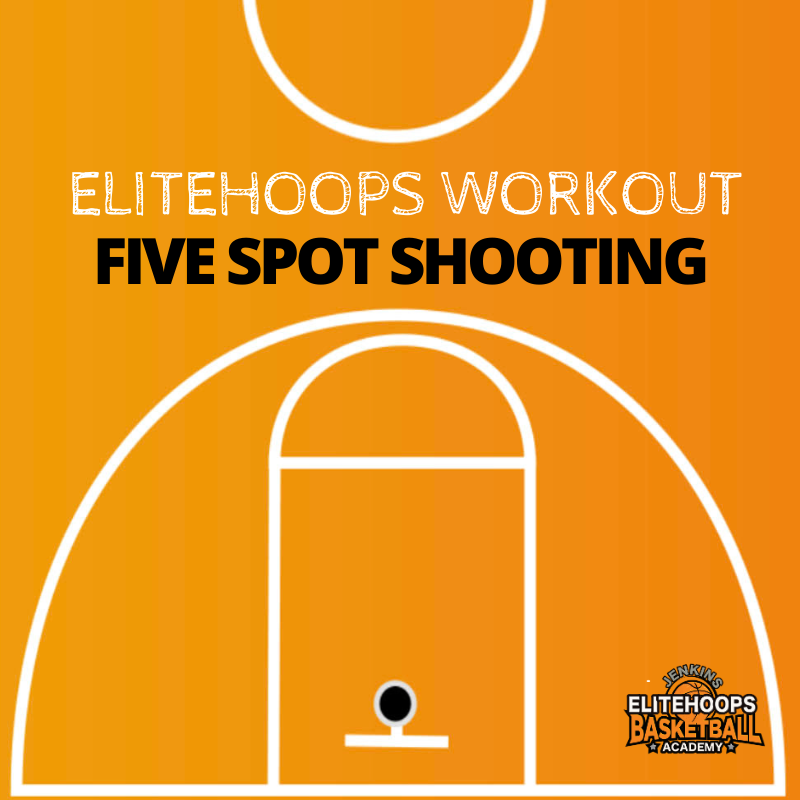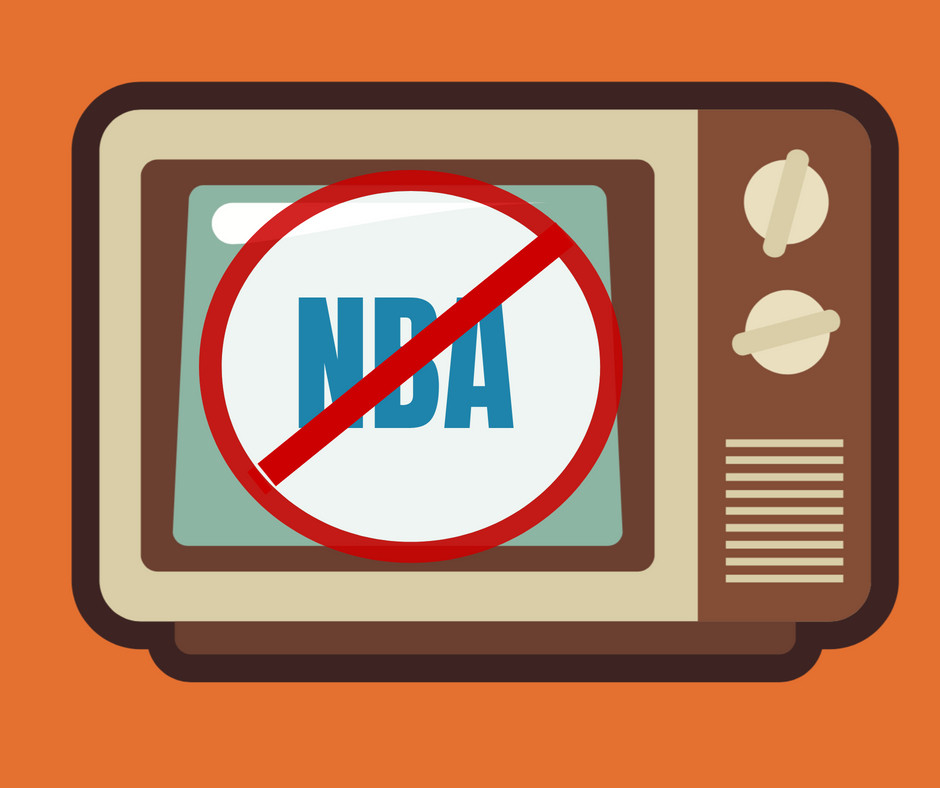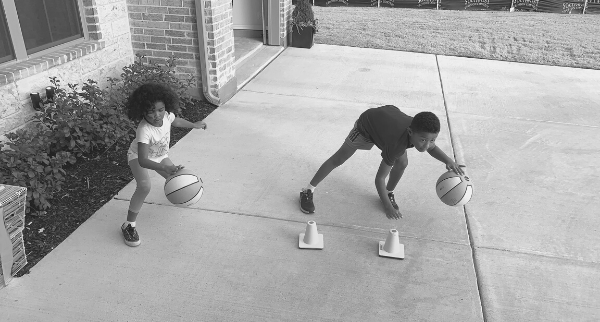
Full-disclosure: I. Am. A Dad-Coach.
Which means if I’m not at my desk clickety-clacking on a keyboard or fixing my hair (im bald by choice) for a client video call – you will find me at the nearest (or farthest) gym, field, garage or driveway working with my kids (aka Team Jenkins) helping them to become the best athletes and (pick a sport) and humans they can be. As I’ve shared in numerous prior blogs…. the power and benefit of youth sports is taking lessons learned on the court/field and translating them to life off the court/field.
Now that we have the foundation set… Let’s get started because like my Nana used to say ‘You gone learn today.’
Double Cross-over; between the legs with your eyes up
Last week during our Team Jenkins ball handling workout, I decided to introduce a new ball-handling skill… double cross-over, between the legs with eyes up. Now for those of you who don’t follow/practice/play basketball- just know that this ball-handling drill is not easy to do…. especially, when you are 6 and 9 years old. Guess what? It’s not supposed to be.
After demonstrating the proper technique it was my kiddos turn. After about 5-minutes of attempting the move my son – clearly frustrated- stopped abruptly shouting two words that I never ever thought I would hear as a dad-coach. Clearly, the look on my face after hearing these two-word triggered my daughters fight or flight senses. My daughter, looked at me- looked at her brother- grabbed her ball and headed into the house.
Foul language is a no-no our house.
That moment, I would have preferred to hear any other ‘no-no’ words come from my son’s mouth (take your pick) than ‘I CAN’T (do this)’.
I now realize that those two words presented an opportunity to teach and to learn. Allow me to share with you what I explained to my son and daughter that day- hopefully it helps you other dad/mom-coaches out there. Here’s what I told them:
Don’t ever say ‘I can’t’
The moment you ‘I Can’t’, you are focusing on something you can’t do in that particular moment.
The moment you say ‘I can’t do something’, your focus is on convincing yourself that you cant do something and guess what? YOU are the best person to convince yourself of anything, so if you say you cant do this you are convincing yourself you can’t.
You have so much power and weight on your emotions and your potential……..
instead…ask yourself ‘HOW am I going to ….?’
When ask yourself ‘How?’ you are focusing on HOW you are going to get something done and strategizing ways to get it done…you are already convincing yourself that you can do it.
How am I going to get better at the double cross-over between the legs with eyes up? How am I going to become a better husband or wife? How am I going to make $1M this year?How am I going to become the #1 sales rep in my company?
We have so much power over ourselves and weight on our emotions and potential. So instead of putting ourselves down, let’s convince ourselves that we can accomplish anything by strategizing on what it takes to get us to our goal. Let’s decide to recognize and realize our true potential.
